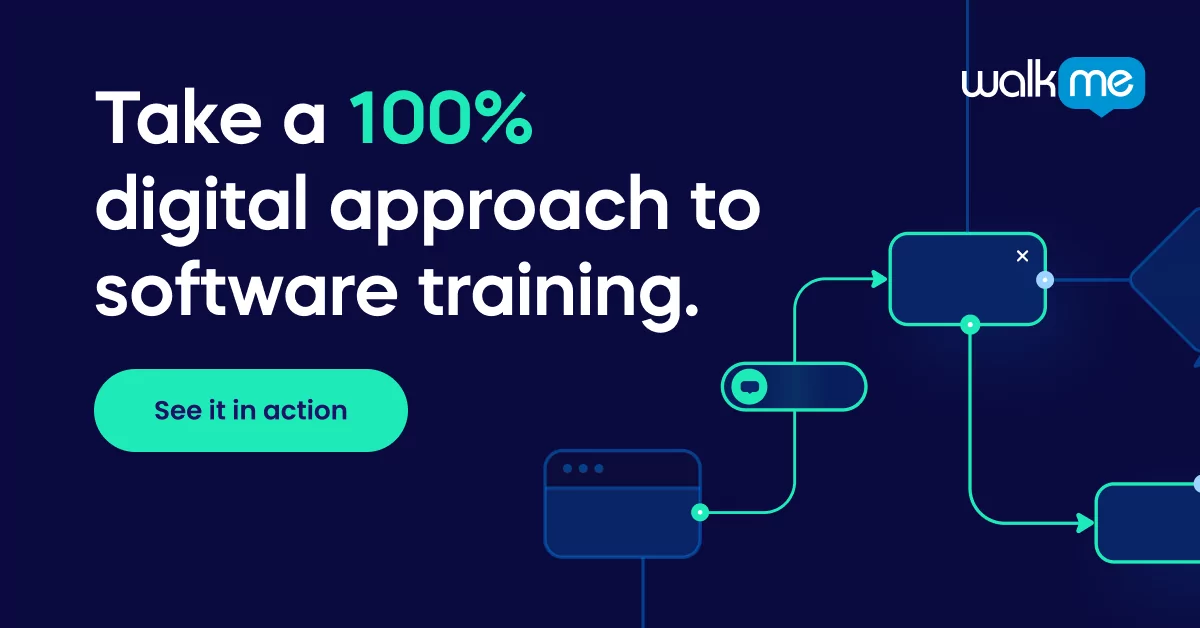Before we get into the checklist and the absolutely crucial points to cover when offboarding employees, I hope that your employees are moving onward for all of the right reasons. Employees are not always offboarded on the best terms, but I sincerely wish it to be the case for you and your organization.
Reasons for offboarding
The job marketplace of today is booming with opportunities. Companies are growing accustomed to hiring remotely, which means they can attract talent from anywhere in the world. Some organizations are offering vastly better work environments than others and it’s quickly becoming a key factor in employee turnover.
The United States Bureau of Labor Statistics 2021 report found that the annual total separations rate, or turnover rate, in 2020 was 57.3% with nearly half of those coming from voluntary turnover.
However, not all offboarding stems from the release of an employee. With digital transformation leading the most widespread changes in companies over the past two years, there is also software offboarding that must take place when implementing new apps or systems.
Whatever the purpose of your offboarding, here are some of the most important steps to take to ensure a smooth transition—listed according to department or function.
Offboarding for IT
- Ensure all company equipment is returned
- Computer
- Cords
- Monitors
- Office keys
- Uniforms
- Company vehicles
- etc.
- Remove software licenses/subscriptions/users
- Transfer to new users if relevant
- Open Tickets
- Ensure all tickets that were created by the employee have been handled or auto-forwarded to a manager
Offboarding for HR
- Create awareness for the position which opens up
- Add information to job boards, the company website, LinkedIn, and other relevant social media platforms
- Send out internal notices so employees can reach out to friends and acquaintances in order to more quickly fill the role
- Schedule offboarding feedback conversations with managers and HR
- Make sure they are within the employees’ final dates of working at the company
- Ask employees to check their calendars for future meetings that have not been updated
- Create automated responses to upcoming meetings
Offboarding for finance
- Close the account of the employee
- Prepare relevant tax documents
- Provide final compensation payments (dependent on type of termination of employment)
- Potentially dispense unemployment benefits
- End distribution of bonuses and amenities to employee
Offboarding for software
- Review accounts associated with employees across each department to ensure there is no “stranded data”.
- This is especially important when a new app or platform will be replacing another because crucial information can be siloed and lost in the transition
- Scanning these profiles and transferring relevant tasks and information to colleagues or management for redistribution will save your organization time, frustration, and unnecessary costs
The self-service solution
As most of us have probably experienced in our careers, leaving a role can be a bit awkward—especially when the process is dragged out or prolonged more than it needs to be.
The numerous, extended engagements with representatives from each department take time and can interfere with the workflows of other employees and managers.
Being able to provide your soon-to-be-former employees with the tools to complete this checklist themselves is a dream come true for managers hoping to optimize processes (as well as for any introverts among us).
WalkMe’s Workstation is a solution that sits on your employees’ desktops and transforms their entire software deck into a single interface to serve all of their business needs. By connecting employees to all of their applications, their task completion is simplified and expedited.
So rather than your employees creating makeshift checklists on their computer notepads, they can have their entire offboarding process in one place, with links for every step of the way.


